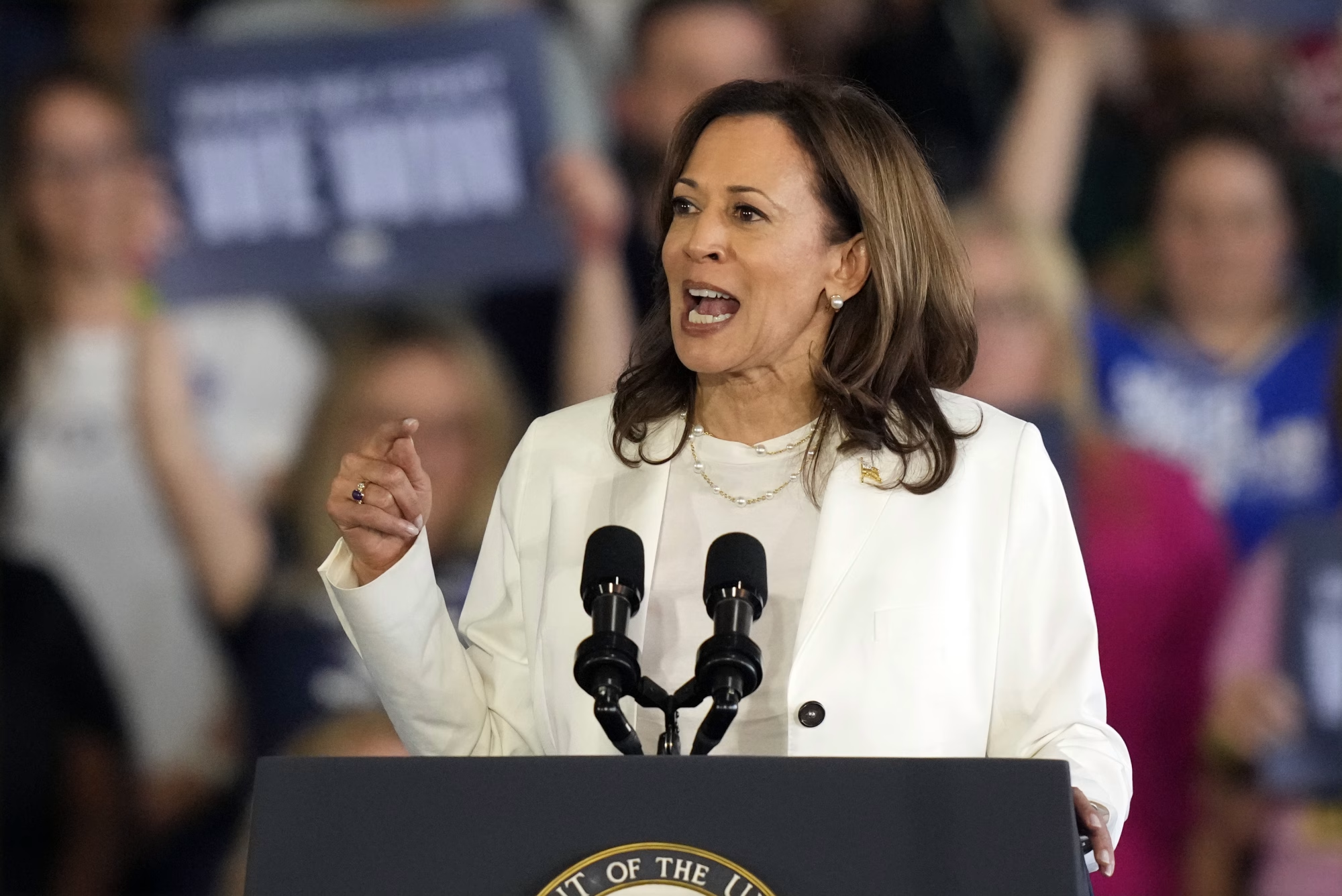How do lower Thanksgiving dinner costs in 2024 affect dairy farmers? Are these savings good news or a hurdle for the dairy industry?
Thanksgiving dinner costs have unexpectedly dipped for the second consecutive year, offering consumers a much-needed respite amidst broader economic pressures. The significance of this trend extends beyond the dining table, resonating with the realities faced by dairy farmers who play an integral role in the holiday feast. But what does this sustained expense drop mean for the dairy industry—especially when milk prices fall while cream prices rise? As dairy farmers and industry stakeholders digest these shifting numbers, the question remains: how will this affect the balance sheets of family-run farms across the nation and influence future market strategies? “Thanksgiving dinner costs have dropped for two years in a row, a trend that speaks volumes in the current economic climate.”
Thanksgiving Insights: A Feast of Economic Twists and Turns
As Thanksgiving approaches, the American Farm Bureau Federation’s (AFBF) Thanksgiving Dinner Survey reveals intriguing insights into the current grocery landscape. For the 39th consecutive year, consumers are given a snapshot of what they might expect to pay for their Thanksgiving staples, shedding light on favorable and challenging food expense changes.
Overall, the survey reports a modest decline in costs, with the average price of the classic Thanksgiving dinner for ten dropping to $58.08, a welcome 5% decrease from the previous year. Yet, it’s crucial to note that this significant decrease does not erase the dramatic rise witnessed over the past few years. Compared to pre-pandemic levels, these costs remain markedly higher, with current prices being 19% more than five years ago. This trend highlights the dynamic and often unpredictable nature of food pricing.
A frequent Thanksgiving staple, the dairy sector has experienced a noteworthy mix of price shifts. Milk, a key component in many Thanksgiving desserts and sides, experienced a substantial 14% price reduction from last year, presenting rare relief for budget-conscious consumers. This drop starkly contrasts the broader inflationary trends that have beleaguered the dairy industry in recent years.
In contrast, the cost of whipping cream, another dairy staple often used for holiday treats and desserts, saw an uptick. Its price climbed 4.47%, which could be attributed to variable production costs or shifts in consumer demand. These contrasting movements in dairy prices underscore the complex interplay of supply, demand, and external economic factors influencing the grocery market.
In essence, the AFBF survey serves as a snapshot of the intricate economic forces at play, offering consumers a bit of reprieve in some areas while reminding them of persistent challenges in others. This year’s findings encourage a deeper reflection on how these trends impact our holiday traditions and the broader landscape of agricultural economics.
Milk Prices Plummet: Gains at the Checkout, Pains in the Barn
As the milk price decreases for the second year, dairy farmers feel the squeeze. On the surface, this seems like a win for consumers at the checkout line, but what’s the cost to those laboring tirelessly in the barns and fields? Naturally, a price drop of 14%, as seen this year (as noted in the AFBF survey), translates into revenue losses for dairy producers already grappling with thin margins.
Such a significant decrease compels dairy farmers to reevaluate their strategies. Simplistically, lower prices might lead one to believe that more volume is necessary to compensate for lost income. Yet, overproduction can further depress prices and exacerbate the situation. Thus, it’s more about innovation, not production. Enter efficient farm management practices where cost-cutting measures without sacrificing quality become paramount.
The broader economic implications bear a ripple effect. Dairy farmers might limit purchases, affecting suppliers of feed, equipment, and other essentials. Prices that don’t allow for a healthy profit margin can lead to more challenging decisions:
- Reducing the workforce.
- Diversifying operations to include niche dairy products.
- Even considering alternative agricultural ventures altogether.
Equally, the pressure to deliver environmentally sustainable practices is intensifying while keeping costs low—a delicate balance indeed, yet one that holds the key to future resilience. As 2024 unfolds, survival may hinge on adopting innovations that boost productivity—think precision farming, advanced breeding techniques, or transitioning to organic milk if market conditions allow.
With the downward pressure on milk prices, there’s a clear message—a call for recalibrated decision-making. It’s no longer just about weathering the storm; it’s about positioning for long-term sustainability and finding growth pathways amidst the challenges. While this adjustment process can be daunting, dairy farmers have historically shown remarkable adaptation skills. The year ahead is a proverbial farm-to-table, where decisions today impact the next harvest—and the following Thanksgiving table.
Dancing with Discounts: Retailers Orchestrate a Thanksgiving Symphony Amid Inflation
In the dynamic landscape of consumer behavior, retailers are dancing to the tune of inflationary pressures. These financial strains, squeezing the wallets of many, have prompted retail giants to weave enticing discounts and promotions into their Thanksgiving tapestry creatively. But it’s more than a sales tactic; it’s a strategic move to sway consumer demand, a potent force that shapes market trends and ripples through sectors like dairy.
This year, Target’s and Aldi’s Thanksgiving strategies are testaments to agile retail strategies. Target, for instance, captured thrifty hearts by offering a Thanksgiving feast for four for a mere $20, a 20% reduction from last year’s pricing. Not to be outdone, Aldi offered its holiday spread at $4.70 per person, the lowest in a decade, even undercutting Walmart’s pre-bundled meal. These maneuvers attract inflation-weary consumers and showcase an adaptive approach to market demands.
Yet, the intricate dance of consumer demand fuels these pricing strategies. As grocery prices demonstrate downward mobility, consumers are regaining some purchasing power, prompting a shift in spending behavior. This shift pressures retailers to maintain competitive pricing lest they lose market share. And herein lies the impact on the dairy sector. As offerings like milk become more affordable, consumers’ grocery choices could pivot towards increased dairy consumption, influencing demand and prices for dairy farmers and producers.
Through such strategies, retailers are engaging in a delicate balancing act that dances between the desires of the consumer and the harsh light of inflation, all while keeping an eye on how these strategies reverberate through sectors like dairy, shaping the economic pulse of household staples. In this dance of discounts, the beneficiaries are as varied as the strategies employed, with each party – consumer, retailer, and producer – finding their rhythm amidst the economic symphony of the season.
Economic Shifts: The Recipe Behind Consumer Choices and Farm Economics
The current economic landscape is characterized by subtle yet significant shifts impacting consumer habits and farm economics. As of late 2024, food inflation, though stabilizing, continues to pose challenges to households. The year-over-year increase in food-at-home prices is a modest 1.1% [American Farm Bureau Federation]. This figure contrasts sharply with steeper hikes in other sectors like transportation and housing, where costs have surged by 8.2% and 4.9% respectively [source]. Such disparities highlight the unique pressures facing both consumers and farmers.
Diving into the dairy market, fluctuating costs reflect broader economic trends. Notably, whole milk prices have dropped by 14% compared to last year’s figures, offering some respite to dairy buyers [American Farm Bureau Federation]. In sharp contrast, whipping cream prices have nudged upwards by 4.47%. These shifts are crucial, as dairy products form a significant component of the Thanksgiving meal and directly influence overall cost perceptions at consumers’ tables.
These mixed signals in the market influence Thanksgiving dinner costs, which are now down 5% from last year. While some items, such as turkey and certain dairy products, have provided cost relief, the overall economic picture is framed by other expenses, like transportation and housing, that gobble up consumer budgets. Such dynamics mean that even as grocery costs ease slightly, families are juggling increased living expenses, coloring the holiday season with financial concern and cautious optimism.
Cream of the Crop: Navigating the Double-Edged Sword of Dairy Economics
Fluctuating prices and shifting consumer demand present a dual-edged sword for dairy farmers, posing significant challenges while opening doors for innovation. As milk prices nosedive, the immediate concern for farmers is managing cost structures that hinge on a stable market. The margins in dairy farming are razor-thin, and a 14% decrease, as seen this year, might delight consumers but can strain farm operations. This situation calls for efficient resource management and strategic financial planning.
Yet, amid these challenges, opportunities for adaptation shine through. For instance, diversifying products beyond traditional offerings could cushion fluctuating prices. Could farms explore value-added products like cheese, butter, or yogurt to capture premium markets? Advances in dairy technology can enhance productivity and reduce costs. Implementing precision agriculture or adopting sustainable farming practices attracts eco-conscious consumers and can lower inputs and increase efficiency.
Furthermore, the direct consumer-to-farmer sales model continues to gain traction. This could allow dairy farms to bypass volatile wholesale markets and establish a loyal customer base. How might your operation innovate within this transformative landscape? It’s time for dairy professionals to harness these changes creatively, ensuring their operations survive and thrive.
The Bottom Line
The annual Thanksgiving dinner, a staple of American tradition, is at the intersection of fluctuating market dynamics and consumer expectations. This year, the slight decrease in overall dinner costs offers a temporary respite from the financial burdens exacerbated by years of inflation, albeit still high compared to pre-pandemic benchmarks. Dairy farmers, pivotal to this tradition, face mixed outcomes. Declining milk prices offer some relief but reflect broader economic pressures that challenge production sustainability.
The nuanced cost drop for dairy farmers highlights the need for strategic adaptation to unpredictable market forces. The ebb and flow of consumer trends, retailer strategies, and agricultural health paint a complex landscape, and understanding these shifts is crucial for navigating future uncertainties. As we look to the dairy industry’s future, we must ask ourselves: How can stakeholders leverage these economic signals to build resilience and ensure profitability and sustainability, not just for Thanksgiving but for every aspect of our agricultural practices?
Key Takeaways:
- The cost of a traditional Thanksgiving dinner decreased by 5% from last year, providing some relief amidst ongoing economic uncertainty.
- Despite the overall drop, the cost remains 18-19% higher than pre-pandemic levels, highlighting the lasting impact of COVID-related inflation.
- Dairy products like whole milk saw a significant price decrease, benefiting consumers but potentially challenging for dairy producers.
- Retailers continue to offer substantial discounts to attract budget-conscious shoppers, with some meals priced as low as $4.70 per person.
- The survey indicates mixed pricing trends, with some staple items decreasing in price and others, like whipping cream and cranberries, increasing.
- The reduction in turkey prices is unexpected, given the decline in turkey production, pointing to a drop in consumer demand as a critical factor.
Summary:
As Thanksgiving approaches, American consumers are experiencing relief in their holiday grocery expenses for the second consecutive year. The 39th annual American Farm Bureau Federation (AFBF) survey shows that the classic Thanksgiving dinner for ten now costs $58.08, a 5% decrease from the previous year. Despite this encouraging trend, these costs remain 19% higher than five years ago, reflecting past economic disruptions. For agriculture sector families, these numbers signify ongoing challenges related to sustaining livelihoods amidst market fluctuations. While milk prices saw a 14% drop, whipping cream costs have risen, illustrating diverse impacts across the dairy industry. Retailers craft festive offerings amid inflationary pressures, drawing consumers with adaptive strategies.
Learn more:
- Irish Dairy Farmer Income Plummets by 69% in 2023
- Fourth of July BBQ Costs Soar in 2024: The Surprising Role of Dairy Prices
- Is 2024 Shaping Up a Disappointing Year for Dairy Exports and Milk Yields?
 Join the Revolution!
Join the Revolution!
Bullvine Daily is your essential e-zine for staying ahead in the dairy industry. With over 30,000 subscribers, we bring you the week’s top news, helping you manage tasks efficiently. Stay informed about milk production, tech adoption, and more, so you can concentrate on your dairy operations.







 Join the Revolution!
Join the Revolution!







